NOAA: Certain fish species in the Gulf of Mexico and South Atlantic may be more vulnerable or resilient to climate change
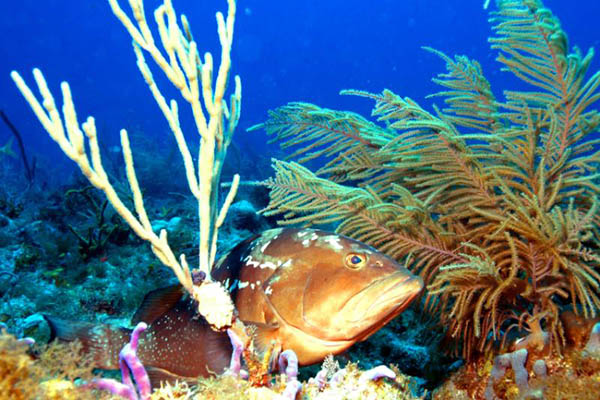
NOAA Fisheries published two new assessments of climate vulnerability for fish and invertebrates in the Gulf of Mexico and South Atlantic Large Marine Ecosystems. While all of the species assessed are projected to face significant exposure to climate-driven changes, some are expected to be much more susceptible than others.
“These areas are projected to become substantially warmer, saltier, more acidic and less oxygenated,” said John Quinlan, lead author on the Gulf of Mexico assessment. “This means that there could be multiple stressors operating across the southeast and we’ll need to be aware as the system shifts.”
Climate vulnerability assessments can help improve stock assessments for these animals and inform fisheries management decisions. They can also be used to identify actions that might increase certain species’ resilience to climate change.
Some of the most vulnerable groups in the Gulf of Mexico include sharks and rays, grouper, oysters and snook. Species such as Gulf menhaden, shrimp, vermillion snapper, cobia, Spanish mackerel, speckled sea trout and amberjack were in the low vulnerability category. It appears these species may have some resilience to climate change despite large environmental exposures.
In the South Atlantic Large Marine Ecosystems, some of the most vulnerable groups include deepwater reef fish, fish with portions of their lifecycle in both freshwater and saltwater (such as striped bass) and invertebrates.
Many commercial fish stocks, ecologically important groups and culturally iconic species were included in these assessments, including deepwater groupers, inshore sport fish and oysters.
New study outlines recommendations for improving climate change resilience in U.S. fisheries
“Some species, such as sturgeon, are considered very vulnerable, while others – menhaden, for instance – are better off and may be rather resilient,” said Quinlan. “So a user of the information can see where their species is relative to others in the mix. They can also delve a bit deeper and see what’s behind the ranking.”
NOAA said this information can be used to identify knowledge gaps and prioritize future research efforts. A better understanding of how climate change and its cascading effects will impact fish and invertebrate stocks can help plan for adaptive management strategies to help sustain healthy marine ecosystems into the future.
Explore Climate Vulnerability Assessment data for fish and invertebrates in the Southeast and other stocks with NOAA Fisheries’ new Climate Vulnerability Assessment Tool.
Now that you've reached the end of the article ...
… please consider supporting GSA’s mission to advance responsible seafood practices through education, advocacy and third-party assurances. The Advocate aims to document the evolution of responsible seafood practices and share the expansive knowledge of our vast network of contributors.
By becoming a Global Seafood Alliance member, you’re ensuring that all of the pre-competitive work we do through member benefits, resources and events can continue. Individual membership costs just $50 a year.
Not a GSA member? Join us.
Author
-
Responsible Seafood Advocate
[103,114,111,46,100,111,111,102,97,101,115,108,97,98,111,108,103,64,114,111,116,105,100,101]
Tagged With
Related Posts
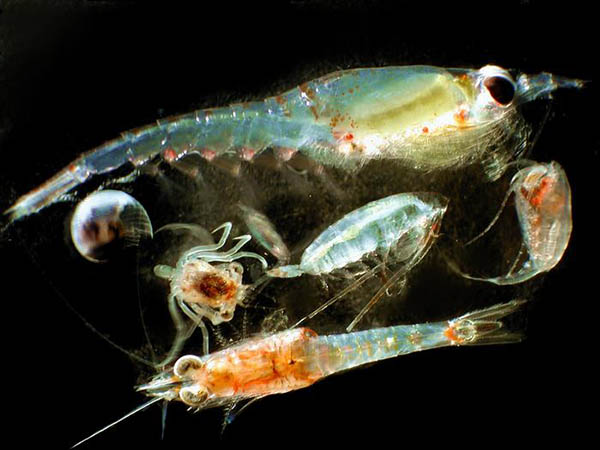
Responsibility
Creatures great and small: Study says warming Arctic Ocean a threat to zooplankton, right whales
With ocean warming, sea creatures and commercial fishing fleets are migrating northward – potentially endangering Pacific right whales.
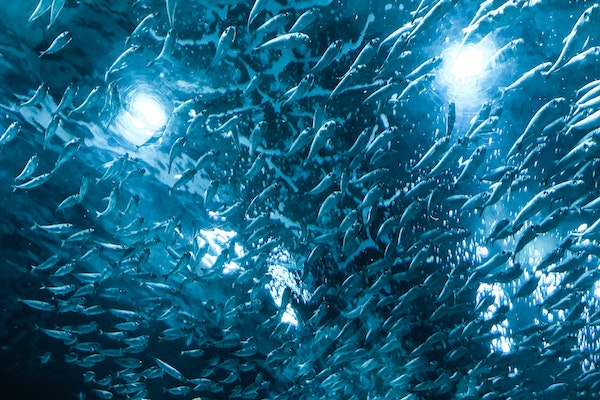
Responsibility
Study: Global warming above 2 degrees-C will lead to ‘irreversible loss in marine ecosystem habitability’
CSIRO determines that global warming above 2 degrees-C will decrease viable ocean habitats and will affect fishing grounds and productivity.
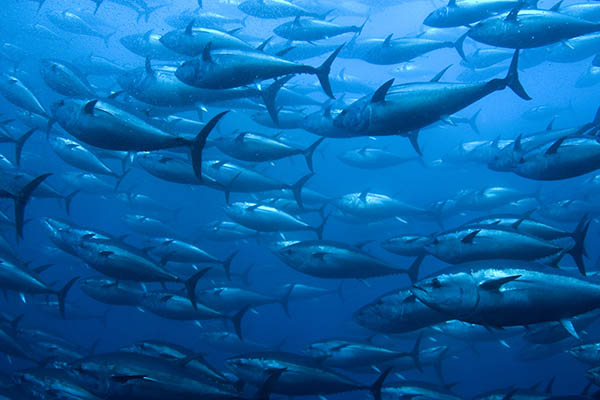
Responsibility
Study: More than 90% of global aquaculture faces substantial risk from effects of climate change
Aquatic food producers are vulnerable to the effects of climate change, with USA, China and Thailand at the most risk, a UCSB study finds.
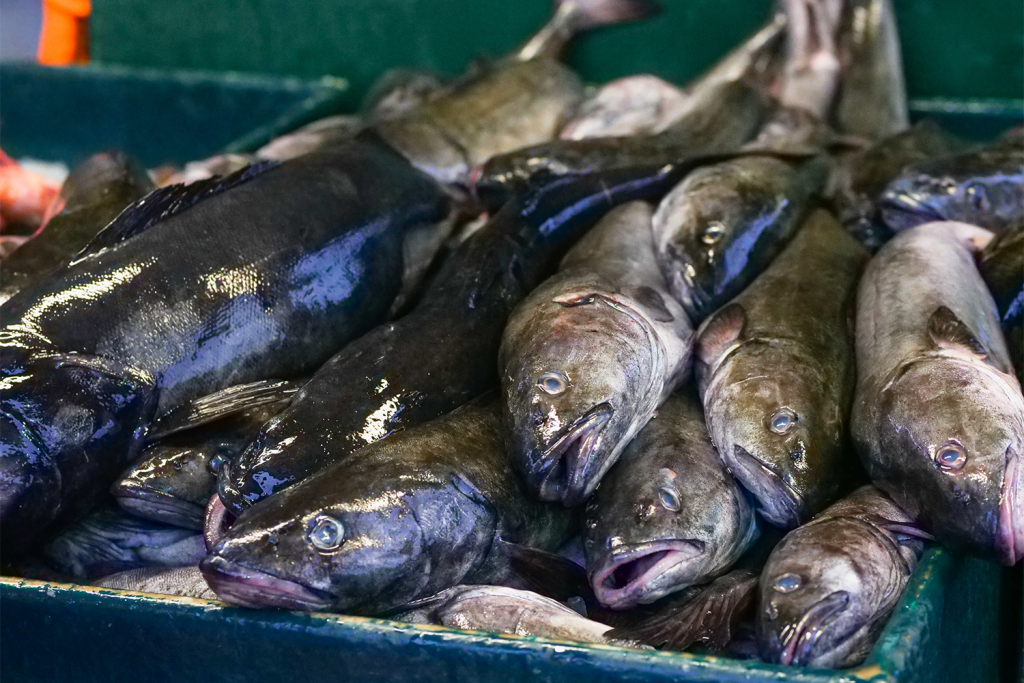
Fisheries
Distinct stocks of Atlantic cod face different climate change challenges
Distinct stocks of North Atlantic cod are being stressed by different factors of varying management severity due to the impacts of climate change.



